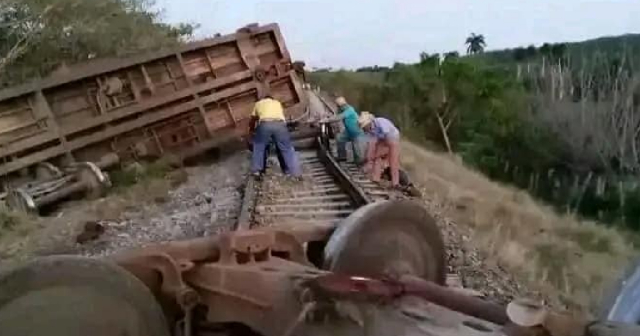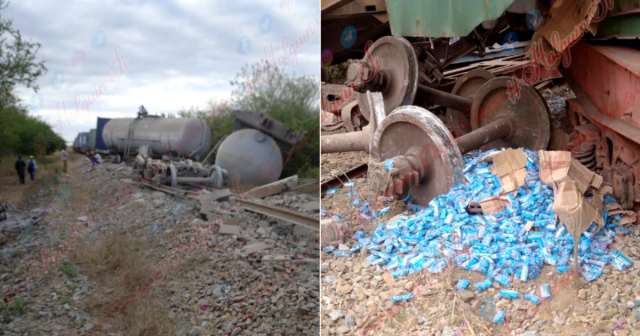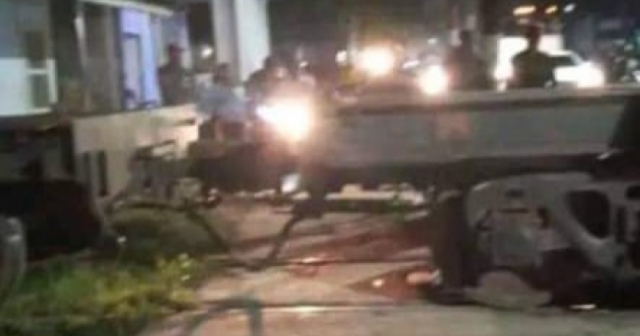
The national trains in Cuba, which go from the West to the East of the country and vice versa, have had to change their travel route due to the impact on the Central Line, as a result of the derailment of extra train 900 that was transporting crude oil bound for the Sergio Soto refinery in Cabaiguán, en Sancti Spíritus
The train accident affected approximately 300 meters of track, damage that is classified as considerable by Cuban managers.
According to Jose Lorenzo Garcia, director of Transportation in the Provincial Administration of People's Power in Sancti Spíritus, cited by the official weekly Escambray, in order to fix the damaged elements "it is necessary to undertake the change of some 400 concrete sleepers, work in which forces from various Railway areas of the territory, the country participate in a combined manner and also require the use of specialized equipment."
Thus, The trains have continued their circulation on the Zaza del Medio branch, which is secondary, and therefore requires detailed maneuvers by the drivers, as well as a lower speed.
“Until early Sunday morning, nine trains had passed without any setbacks being reported,” the source assured the aforementioned media.
The Cuban Minister of Transportation, Eduardo Rodríguez Dávila, used his profile on the social network Facebook to detail the status of the repair of this railway line that connects almost the entire country.
“Within the affected section there is a bridge 60 meters long and 20 meters high, which makes the repair work even more complex. due to the danger that it represents to operate manually on this,” said the Cuban minister, one of the few within the government of Miguel Díaz-Canel who has a communication structure appropriate for the Cuban context, characterized by the concealment of information.
The official added that “Work at night becomes cumbersome due to the geography of the section where high slopes predominate in the infrastructure., which can cause falls and detachments of the stone or track materials.”
Even so, They anticipate that traffic will begin this Monday afternoon at 20 hm/h, until “the total restoration of the technical parameters of the railway is achieved, allowing railway circulation at the authorized speeds according to the itinerary.”
This Sunday, The directors of the Cuban Railway Union ruled out that the accident was the product of sabotage.
Minister Dávila Rodríguez reported on the creation of an “investigation commission,” in which operations were carried out such as “ocular inspection of the place, identifying the starting point of the derailment; section traveled by the wayward wagons, covering 224 meters; measurement of the technical parameters of the track, 300 meters before the starting point of the train derailment, verifying the existence of relative unevenness that could have influenced the accident, in combination with other factors. The technical inspection of the wagons of the train formation is carried out to verify any defect, which could also be having an impact.
He stated that “statements were taken from the train crew to verify their actions in the event,” and that “once the investigations are concluded, responsibilities will be defined and the corresponding corrective measures will be adopted.
The Cuban government also assured that there was no oil spill, although in some confusing data, official authorities said that at the beginning of the derailment and the fall of wagons, a small spill had initially occurred.
Mijail Bonachea Crespo, director of the Sancti Spiritus oil company, told Radio Cabaiguán, that on Sunday afternoon-night a complex and delicate operation was carried out to extract fuel from the cars overturned by the derailment.
What do you think?
COMMENTFiled in:






